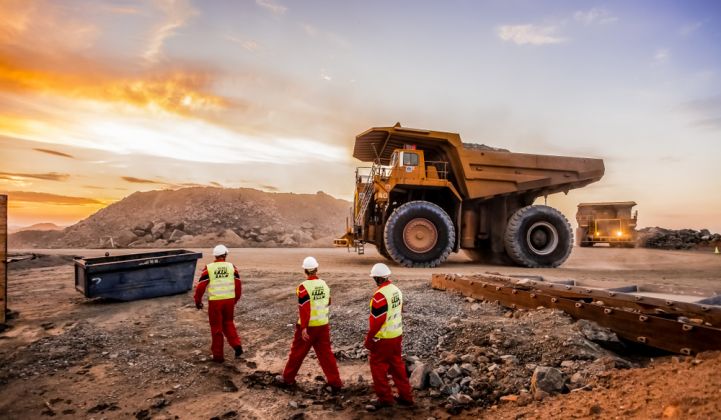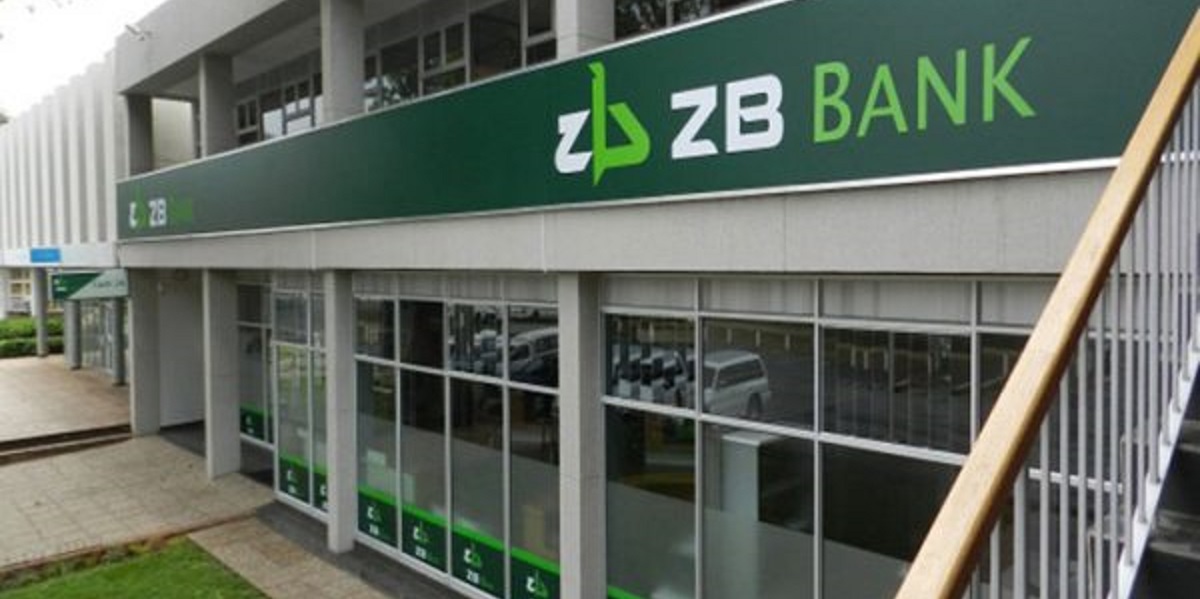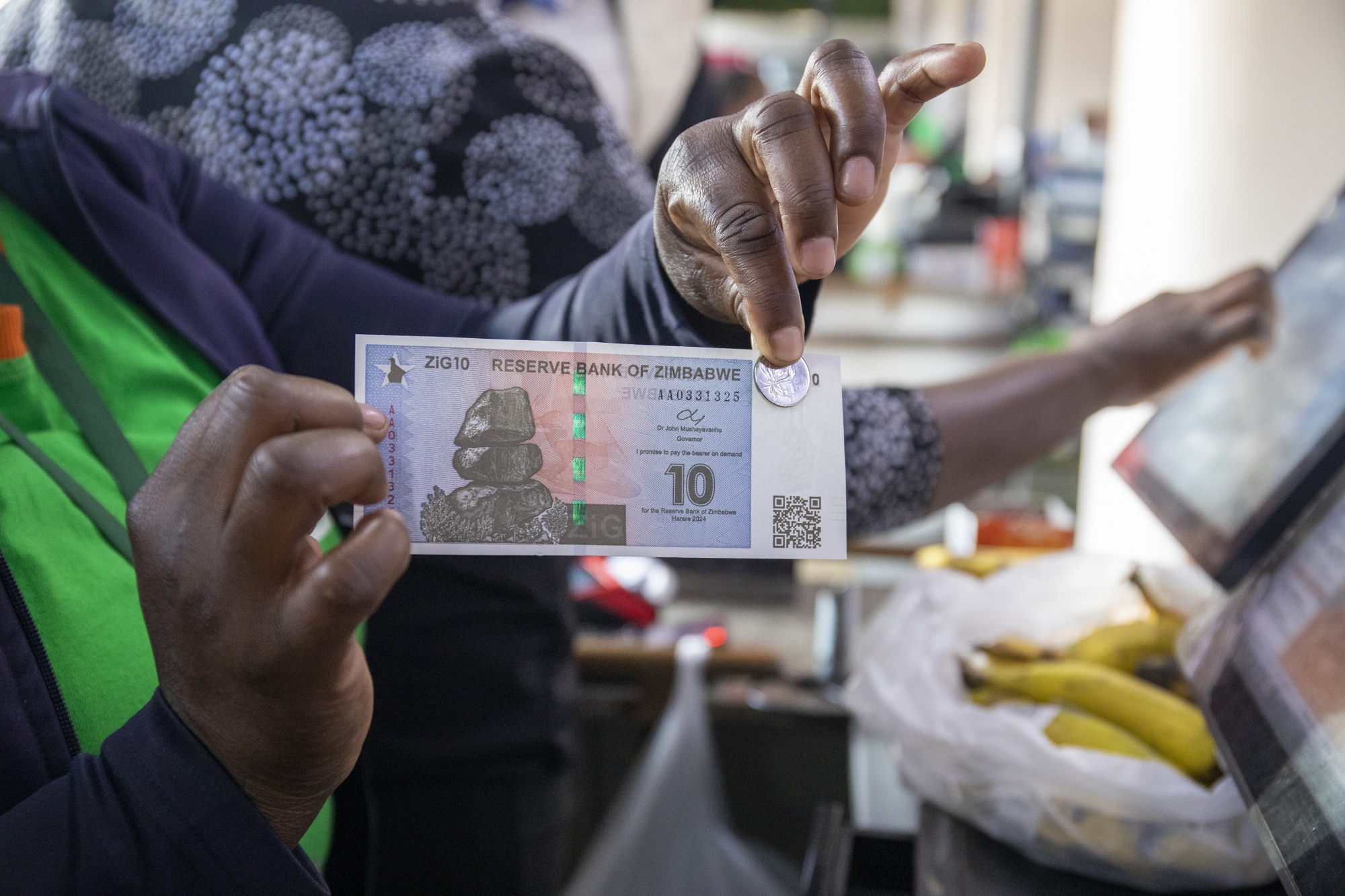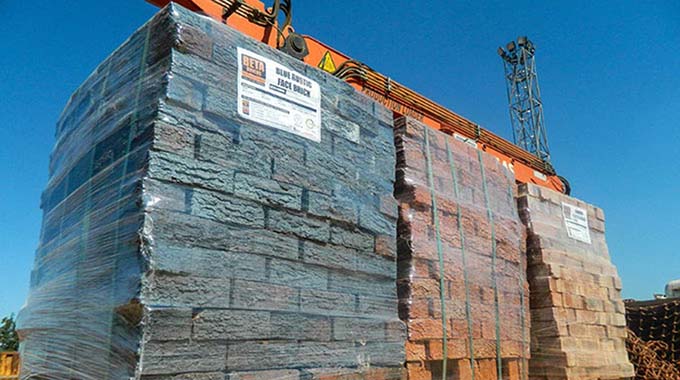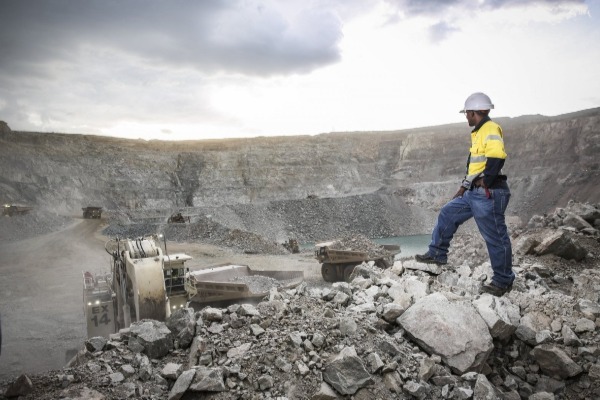Zim’s minerals in global energy transition spotlight
Zimbabwe’s future is closely tied to global energy trends and critical minerals demand, requiring thorough geological surveys to accurately assess resources, inform decisions and attract potential investors, according to a new study by the Southern Africa Resource Watch (SARW).
SARW, an independent, non-profit organisation monitoring natural resource extraction in the region, has noted Zimbabwe’s abundant critical mineral deposits, highlighting the country’s potential to play a key role in the global energy transition.
The global energy transition is a worldwide shift from fossil fuels like coal, oil and natural gas, towards renewable energy sources such as solar, wind, hydro and geothermal.
The shift is driven by the need to reduce greenhouse gas emissions and address climate change, while also providing clean and sustainable energy.
Key aspects include decarbonising the energy sector, expanding renewables, increasing electrification, improving energy efficiency and developing the necessary infrastructure.
Zimbabwe possesses abundant critical minerals essential for the energy transition, such as lithium, Platinum Group Metals, manganese, cobalt, copper, chromium, nickel and rare earth minerals.
The study notes that accurate resource assessment, informed decision-making and investor attraction depend on comprehensive and up-to-date geological surveys to determine the quantity and quality of the minerals.
“Regular geological mapping and exploration initiatives are essential to maintain an up-to-date inventory of Zimbabwe’s mineral wealth, ensuring that the country can effectively leverage its natural resources for sustainable development,” SARW says in the study titled “Critical Minerals and Renewable Energy Value Chains in Zimbabwe: A Study of Actors and Initiatives”.
It notes that developing strong mineral value chains is hindered by inconsistent policies, a lack of technical expertise and weak local content policies.
“Strengthening these value chains requires a holistic approach that includes the development of a national critical minerals strategy and list.
“This should spell out critical minerals value chains, capacity building, infrastructure development and policy reforms to ensure that these minerals’ extraction, processing and export contribute maximally to the national economy,” it says.
The Critical Minerals Strategy, meant to optimise its benefits, will provide a national framework for identifying a list of critical minerals and strategies for sector growth.
Within the Southern African Development Community (SADC), only Zambia has drafted a National Critical Minerals Strategy, following the lead of nations like Australia, Canada, the US,and EU members.
Zimbabwe’s energy mix is diverse, including hydroelectric, thermal, solar, oil, gas, biodiesel, biomass and other renewables, but is primarily dominated by coal and hydropower.
China, known for its strategic approach, including export bans on materials like graphite, actively manages its critical mineral resources and global imports.
The importance of such resources is underscored by Zimbabwe’s position as home to Africa’s largest and the world’s sixth-largest lithium deposits, a crucial component in electric vehicle batteries.
With four major projects underway, the Government aims to supply 20 percent of global lithium demand.
Chinese companies have become dominant investors in Zimbabwe, led by Sinomine’s acquisition and expansion of the Bikita Mine, now capable of producing significant amounts of spodumene and petalite.
Other key projects include the Arcadia Lithium Project (acquired by Zhejiang Huayou Cobalt), the Zulu Lithium Project, and the redeveloping Kamativi Lithium Project.
Zimbabwe also holds the world’s second-largest reserves of platinum group metals (PGMs) like platinum, palladium and rhodium, which are essential for various industries, including automotive and electronics.
Its PGM deposits are mainly located in the Great Dyke region, making Zimbabwe a key player in the global PGM market.
The country possesses resources vital for green energy, including manganese, used in steel and batteries.
Cobalt, essential for lithium-ion batteries, is also present, and Zimbabwe’s cobalt imports are projected to increase significantly, positioning the country to contribute to the electric vehicle market.
Following the closure of its major copper mine in 2000, Zimbabwe is actively working to revive its copper industry.
The country has launched the Greater Chinhoyi Copper Development Programme and partnered with Chinese and other international investors to re-exploit old mines and mining dumps.
While significant investment is still needed to fully reactivate Zimbabwe’s copper assets, the country is positioning itself to capitalise on the increasing global demand for this crucial metal.
Nickel, a critical mineral for nations like Japan, the US and Canada due to its use in various technologies crucial for the energy transition, is produced at the Trojan Nickel Mine, the country’s sole nickel operation.
Rare earth elements (REEs), crucial for renewable energy technologies like wind turbines and solar panels, are gaining global importance.
While China currently dominates the REE market, Zimbabwe possesses REE deposits in several regions, including Binga, Rushinga, Mt Darwin and Buhera.
This has attracted international interest, with companies like Australia’s MRG Metals and UK-based Rainbow Rare Earths investing in Zimbabwean REE projects, signalling the country’s potential to become a significant player in this critical mineral sector.-herald



